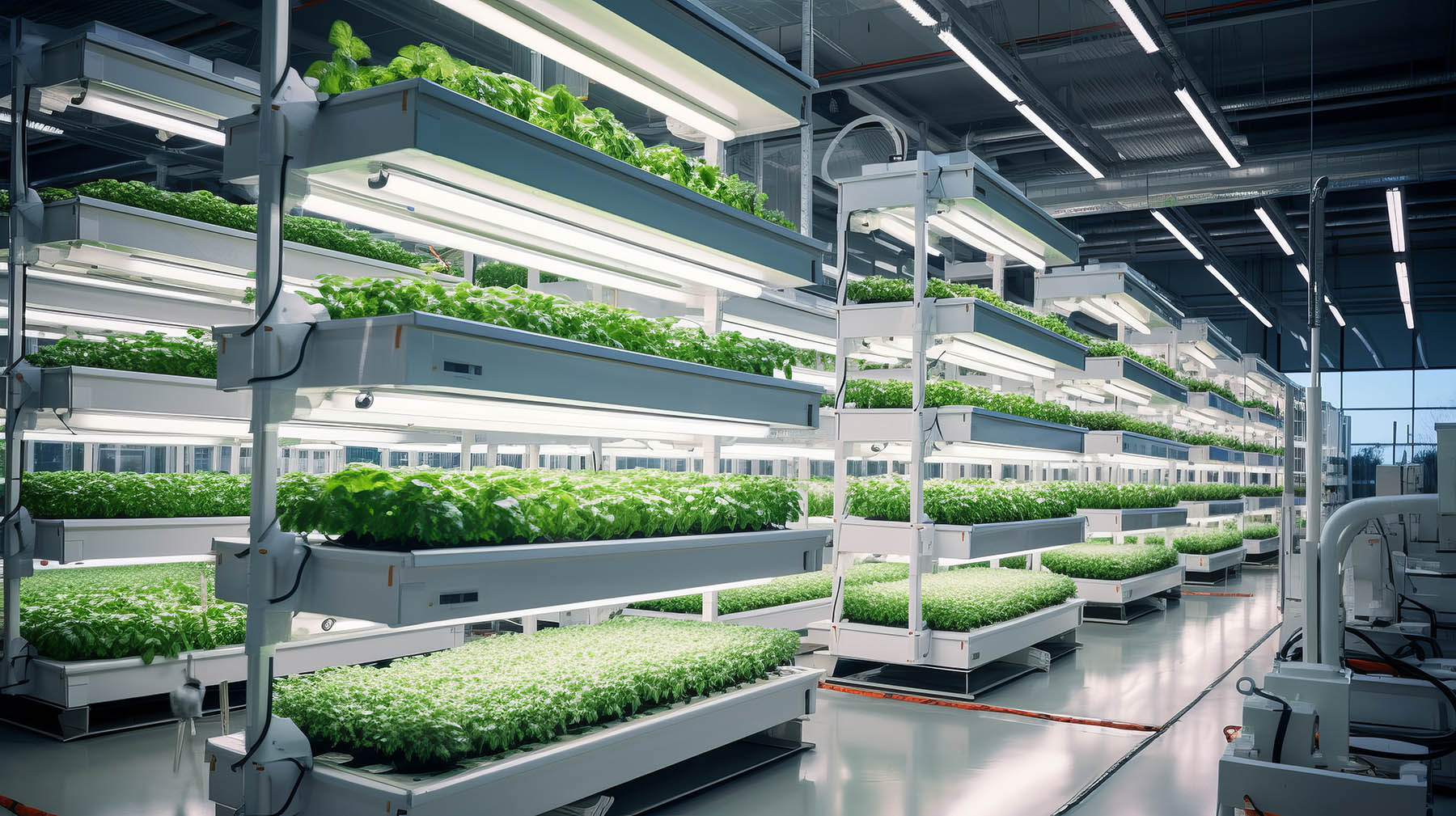Exploring the Role of LED Light Spectrum in Photosynthesis
The relationship between the LED light spectrum and plant growth is rooted in the process of photosynthesis. Plants use light as energy to convert carbon dioxide and water into sugars and oxygen, a process essential for growth. Different wavelengths of light, represented in the light spectrum, play varying roles in this process. LEDs are particularly effective for plant growth as they can be engineered to emit specific wavelengths that optimize photosynthesis. Understanding the intricacies of how different parts of the light spectrum affect plant growth is crucial for optimizing LED grow lights.
Red and Blue Light: Key Wavelengths for Plant Growth
In the context of LED grow lights, red and blue lights are the most critical wavelengths for plant growth. Blue light, with wavelengths ranging from 400 to 500 nanometers, is essential for promoting chlorophyll production, which in turn influences leaf growth and overall plant health. Red light, in the 600 to 700 nanometer range, plays a pivotal role in regulating flowering and fruiting. The combination of red and blue light wavelengths in LED lighting can significantly enhance plant growth, flowering, and fruit production.
Full-Spectrum LED Lights and Plant Development
Full-spectrum LED lights, which mimic natural sunlight, are increasingly popular in plant cultivation. These lights provide a balanced spectrum of red, blue, green, and far-red wavelengths, creating conditions similar to sunlight. This full-spectrum lighting is beneficial for plant growth as it closely replicates the natural light environment, supporting various growth stages from germination to flowering. Full-spectrum LEDs are particularly advantageous for indoor gardens and commercial greenhouses where natural sunlight is limited.
The Efficiency of LEDs in Plant Cultivation
LEDs offer unmatched efficiency compared to traditional plant growth lights like fluorescent or high-pressure sodium lamps. They consume less energy and produce less heat, reducing the need for additional cooling systems in growing setups. This energy efficiency translates to lower operational costs and a reduced environmental impact. Additionally, the ability to tailor the light spectrum in LEDs ensures that plants receive the optimal wavelengths they need for growth, without wasting energy on non-essential wavelengths.
Advancements in LED Technology for Horticulture
Advancements in LED technology continue to revolutionize horticulture. Modern LED grow lights are more effective and versatile, offering features like adjustable spectrums and intensities. This allows growers to tailor lighting conditions to specific plant species or growth stages, optimizing growth conditions and potentially improving crop yields. These advancements in LED technology are making precision agriculture more accessible and efficient, benefiting both commercial growers and hobbyists alike.
The Future of Plant Growth and LED Lighting
Looking towards the future, LED lighting is set to play a pivotal role in the field of plant growth and agriculture. As the global population grows and the demand for food increases, efficient and sustainable cultivation methods become crucial. LED grow lights, with their ability to maximize plant growth while minimizing energy consumption, are at the forefront of this agricultural evolution. Ongoing research and innovation in LED technology promise to further enhance the efficiency and effectiveness of plant cultivation, paving the way for more sustainable and productive agricultural practices.
LEDs Lighting the Way in Plant Cultivation
In conclusion, the science behind the LED light spectrum and its impact on plant growth is a testament to the potential of LED technology in revolutionizing plant cultivation. By providing energy-efficient, spectrum-specific lighting, LEDs offer an effective solution for enhancing plant growth in various settings, from commercial greenhouses to home gardens. As LED technology continues to evolve, its role in supporting sustainable and efficient agricultural practices becomes increasingly vital, lighting the way for future advancements in plant cultivation.





